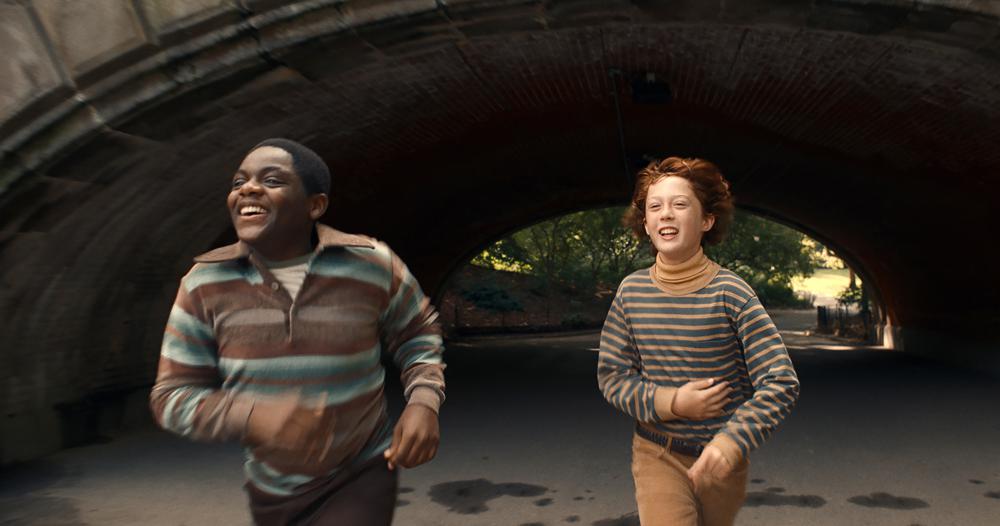Five Things Screenwriters Can Learn From Stronger
October 16, 2017
Stronger tells the true story of Jeff Bauman, who lost his legs in the 2013 Boston Marathon bombing. Starring Jake Gyllenhaal, directed by David Gordon Green, and written by John Pollono (based on Bauman's memoir), the film is a highly emotional and ultimately inspirational tale of the human spirit. True stories have always been popular in Hollywood, but the town is especially receptive to them these days.
Obviously, most screenwriters starting off won't be able to option certain books and life rights. There are, however, plenty of stories that haven't been told in the public domain. Just because nobody ever wrote a book or script about it before doesn't mean it's not a compelling story. And just because Stronger is based on a memoir doesn't mean there still aren't a lot of elements screenwriters can take away from it (regardless if their drama is based on a true story or not).Below are five things screenwriters can learn from Stronger:
1.) Make the protagonist a relatable underdog. The film opens with Jeff struggling at his job in the deli department of Costco, hanging at a sports bar with his neighborhood buddies, etc. Whether this was a true story or not, it makes for a good protagonist.
2.) Make your protagonist active and dynamic. Even before facing his greatest challenge, Jeff is an animated character who is expressive and lights up any room he’s in. This not only makes him likable, but when we see Jeff struggle to maintain his spirit and dynamism in the Second Act, we feel that we've lost something. You want to see Jeff not give up and finally regain himself. This makes for a strong emotional through-line.
3.) Add local color. Stronger takes place in Boston with great attention to detail; you're fully immersed in the world. Many of the best dramas reflect the surroundings of the protagonist, which helps to create a richer, lived-in world. The more you believe in the world, the more invested you'll be in the story. From Philadelphia in Rocky to Boston in Stronger, it's always a good idea to add some local color.
4.) Keep the pace up in the First Act. Within the first 10 minutes of the film, we're at the Boston Marathon in which the bombing occurs. This might not seem like a sufficient set-up to some, but with strong, economic writing, everything you need to know about the character and his world can be conveyed. Jeff is also out of the hospital by the end of the First Act, and yet none of his struggle and pain after the amputation was lost.
5.) Dare to have an unflinching eye. The film never turns away from what Jeff goes through after losing his legs. You're with him when he first gets the news broken to him, you're with him when they unwrap his dressings, you're with him when he first receives his prosthetic legs, and you're with him during his daily struggles (getting out of bed, reaching for a roll of toilet paper, etc.). The moment when Jeff tragically loses his legs in the bombing isn’t shown until a flashback toward the end of the Second Act, but once it shows us this moment, it doesn’t hold back or do anything to soften the impact. As such, you're able to see things vividly through Jeff's point of view and you can empathize with him every step of the way.
Written by: Final Draft




